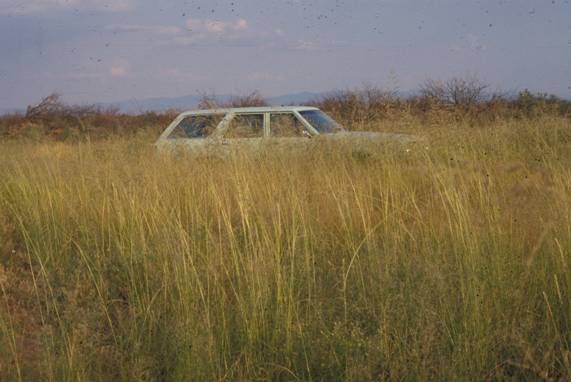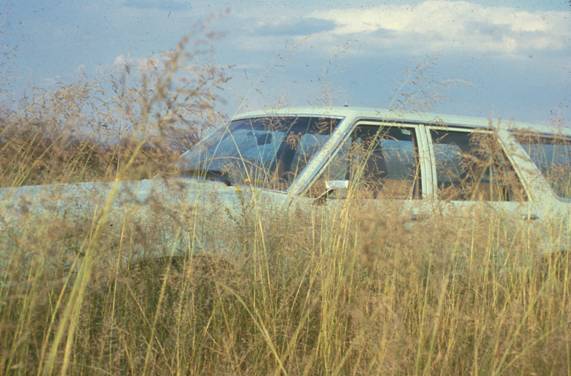
LAND IMPRINTING FOR CONSERVATION OF LAND RESOURCES AND POLLUTION CONTROL
April 17, 2003
Robert M. Dixon, Ph.D & Ann B. Carr
Before Rachael Carson's book "Silent Spring" was published in the early 60's, those of us involved in production agriculture were mainly concerned with yield per acre-the higher, the better. After that time, we have become increasingly concerned about the environmental pollution being caused by agriculture-pollution of our soils, our food, our drinking water and the air we breathe. This concern is reflected in a growing interest in organic farming or so-called chemical-free agriculture. Organic farming relies less on chemical inputs, but more on applied ecology. As such, organic farming tends to be more natural or the way nature grows prairies, savannas and forests.
Thirty years before Rachael Carson's book, the Great Plains region of the U.S. was literally blowing in the winds of the dirty thirties. The prairies, that normally stabilized the land during both dry and wet weather, had been plowed under to grow wheat. Then the drought and strong winds came, blowing dust all the way to Washington D.C. where it settled on the cars of lawmakers, thereby, encouraging them to enact conservation measures. The eroding land soon became partially protected by windbreaks and terraces. Yet wind and water erosion continues today nearly 70 years later at a pace that makes our agriculture non-sustainable in the long-term. Half of the best soil of the Cornbelt Region is now found in the Mississippi Delta or has washed out to sea.
The long-held goal of soil and water conservation has been to hold soil and water resources in place to grow bountiful crops indefinitely into the future. With this goal in mind, a number of coworkers and I are in the process of developing a new no-till seeding and planting method called land imprinting that was invented in Tucson, Arizona in 1976. The process of imprinting is performed by a heavy steel roller with V-shaped teeth that wedge their way into the soil surface with minimal disturbance. Each imprint covers a surface area of one-foot square in size and shape, thus there are 43,560 imprints per acre. Imprints are micro watersheds that capture rainwater and applied resources and funnel them to the bottom of the Vee where they can work in concert to germinate seeds, establish seedlings, and grow plants. Each imprint can hold more than a quart of water to keep it from flowing downhill, eroding soil in the process. Unlike conventional seeders and planters, imprinters do not make continuous furrows that tend to bleed resources downslope with each successive storm event. Imprinters also leave all of the plant residues on the soil surface where they provide the most conservation benefit.
Finally, land imprinting is an emerging BMP for reducing TMDL's from agricultural watersheds while, at the same time, increasing land productivity. To be the most effective, published standards for design and operation of imprinters must be followed. When properly applied, land imprinting should prove to be a big step forward in the conservation of land resources and pollution control-a big step toward sustainable production agriculture.
Photos: Grass, established by imprinting, Controls wind and water erosion at Fort Huachuca .Citation: Dixon , R.M. & Carr, A.B. 2003. Land Imprinting for Conservation of Land Resources and Pollution Control. IF Essay 17 Apr.
The Imprinting Foundation
1616 E. Lind Road
Tucson, AZ 85719Close Window to Return to List
If you entered our site on this page, click on Logo below to go to the Imprinting Foundation for more Information


